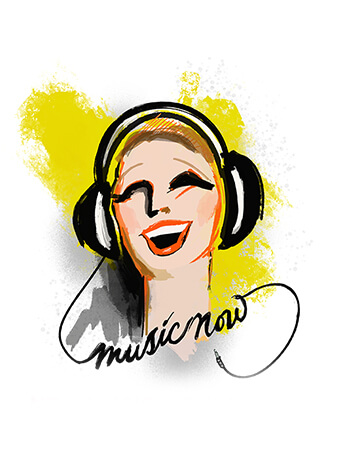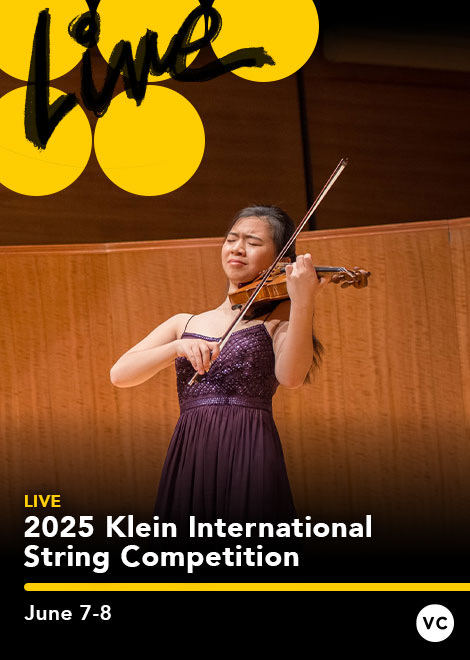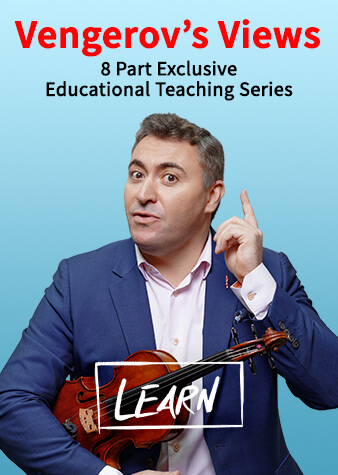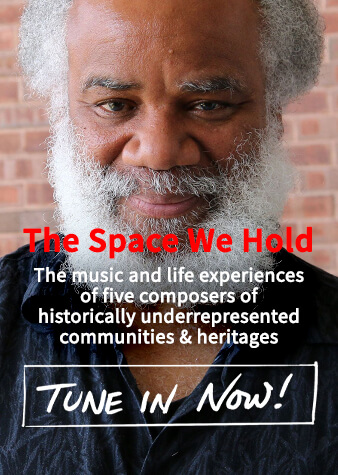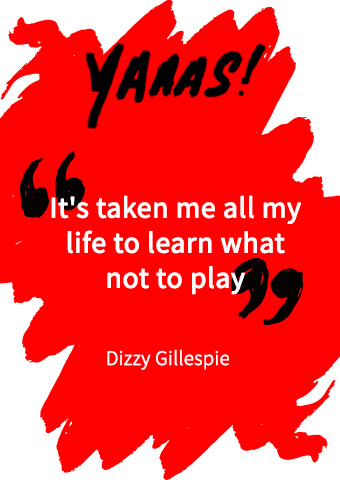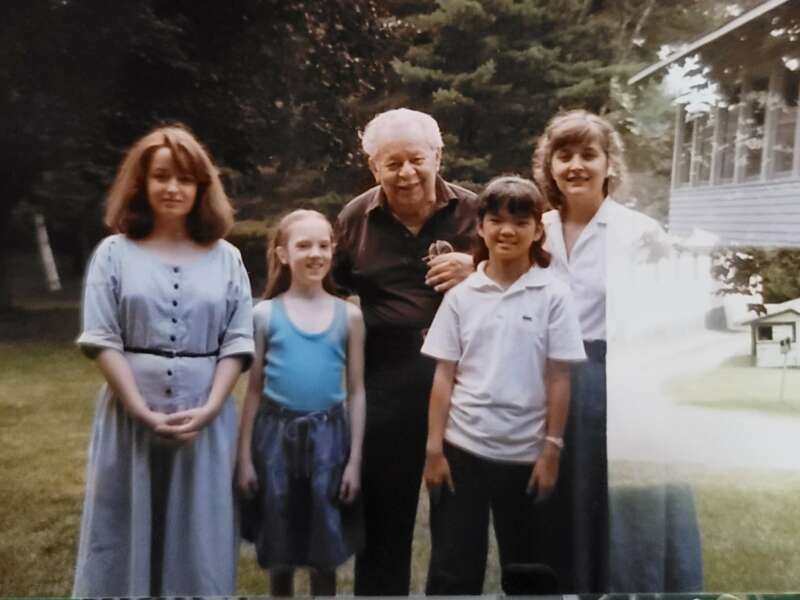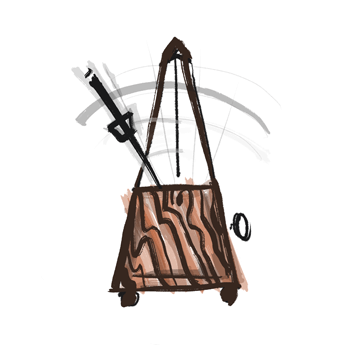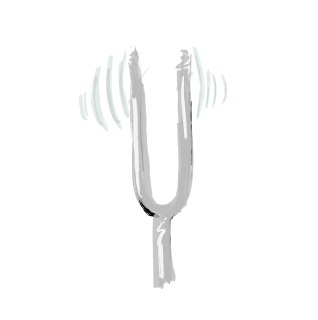Bow Expert Stephan Jansen on The Essentials When Buying a Bow
Stephan Jansen shares his essential checklist when purchasing a bow
Many professionals believe the bow, with which the sound is produced, is equally as important a tool as the instrument itself. If you're seeking a bow of a certain quality, what essentials should you look out for?
Bow expert Stephan Jansen shares his expert advice on the topic.
Bow Expert Stephan Jansen discusses important tips When Buying a Bow
While we may be inclined to relegate the bow to mere accessory – dare I say second fiddle – status, it is ultimately so much more: the bow is the crucial connection between the musician and the instrument.
A musician’s right hand influences and determines the timbre, the volume, articulation and expression. A fine bow is an indispensable prerequisite for good playing – at least as important as the instrument itself. But what constitutes a fine bow? What should be observed when selecting and buying a bow? What makes for a good decision?
It goes without saying that budget constraints play a role. But within a certain price range it is all about arriving at the best possible decision. I draw a basic distinction between the objective and the subjective criteria that shape a good choice.
The objective criteria for choosing a bow include:
- authenticity
- beauty
- condition
- price
To verify the authenticity of a bow we ask whether it is an original, and whether all its constituent parts are original, or whether frog or button for example may have been replaced at a later date. A correct attribution requires a certificate of authenticity. These are issued by only a handful of experts who have made a name for themselves in the field.
As far as beauty is concerned, our task is to determine where the bow figures within the work of that particular master bowmaker. Are we dealing with a particularly fine and exquisite specimen, or is it merely an average or even below-average example?
The bow should be in a better than average state of conservation: its handle must not be heavily worn and the contours of the head should remain crisp. If the stick has any cracks, it is about finding out where exactly they are and how they were caused.
And finally, the price is obviously of great importance: how is the bow priced, and how does its price relate to the other objective criteria such as beauty, condition and authenticity?
These objective criteria should precede the subjective criteria. Only once the objective criteria are fulfilled can we proceed to select those bows which match the player’s personal expectations in terms of technique and sound.
Again, as a general rule, considerations of sound and tone should be given priority over those of technique.
This is for the simple reason that expectations with regard to technique and habits may well change over time, while any merits of tone will remain.
Broadly speaking, I would say that the trend towards rigid, heavy bows is something of a one-way-street. The most interesting bows tend to be those which are “as strong as necessary and as flexible as possible“. Bows which tread this fine line also display complexity and sustainability with regard to tone and volume and color. Surrendering to bows of this calibre, to “great” bows, is its own reward.
–Stephan
Do you have an idea for a blog or news tip? Simply email: [email protected]
Stephan Jansen was born into a German-French family of musicians who inspired his passion for music and instruments at an early age. He began studying viola under Prof. Barbara Westphal at the University of Lübeck in Germany. After his graduation in 2001, he moved into a different métier in order to gain a variety of business experiences. He worked as a New York Wall Street licensed stock trader at the investment firm Prudential Securities Inc. for four years, but eventually turned to his real passion, fine bows, and founded JANSEN FINE BOWS.







